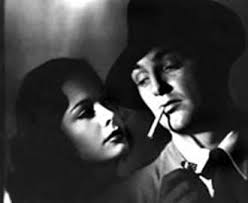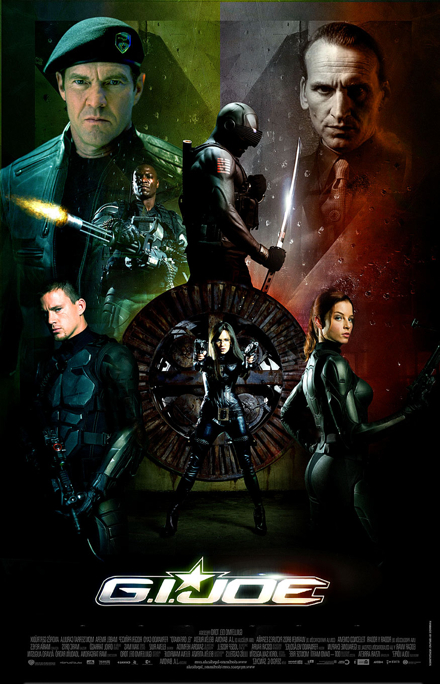Kiss Me Deadly (Intro)
At the beginning of the scene we see a close up shot of the protagonist’s bare feet running. We assume that she is running away from someone as we see then see a long shot of where she is. The audience is encouraged to identify with the woman as we see her first and engage with her character. We then see a car approaching and wonder who may be in driving as the car is driving straight for the protagonist. We see a shot – reverse- shot showing us what the protagonist and then her looking at the car coming straight for her and then a shot back to how she reacts to the car coming towards her. The protagonist gets in the car, and then we see a medium shot of the two characters in the car. We see the reactions of the characters and the protagonist reveals that she is heading for Los Angeles
Pretty Woman Trailer 1990
We first see long shot of the famous ‘Hollywood ’ sign which connotes straight away that the film is a high-end film. The Hollywood sign fades out and fades into a low angle shot of a street sign saying the words ‘Hollywood’ which shows the trailer has been edited. We then see the protagonist getting dressed up, with close up shots of her body parts which connote that she is young and sexy. The extreme close up of her face with light shining of her shows that she is a good character in the movie. We are encouraged to identify with the character as she is the first character we see. The trailer again has been edited as the face of the protagonist fades out to a car which the male character is driving, we then see a high angle crane shot of the scenery which shows us where the movie is set, and then we again see the car but a meduim shot is used to show us the car. This connotes to us as we keep seeing the car there must be someone important in the car. We then see the character in a meduim shot which shows us the first meeting of the two characters and we are introduced to the male character. We are then shown a low angle shot of the car driving of which sets the journey of the two protagonist's together. We see a long angle shot of the two characters entering the hotel which connotes the male protagonist's wealth and juxtposes the female protagonist's status in the film.
Four Film Stills
Mary Poppins

This high angle shot of Mary Poppins shows us the background of where she is. We see Mary Poppins whole body and the camera angle shows us Mary Poppins pose. We can clearly see that she is in London
Leslie Nielsen

This image shows Leslie Nielsen holding a gun. The camera shot used in this still image is medium shot. In the image the light bounces of Leslie Nielsen which shows he is not a bad character in the film even though he is holding a gun in his hands. The mise-en-scene shows that he is wearing a hero kind costume which connotes the genre of the movie is an action movie. With the use of the medium shot we can see the facial expression of the character, which shows us he is tense, connotes to use that he may be on a mission. The medium shot shows us what is happening in the scene.
Robert Smithson

The high angle shot, seems like we are looking down at the protagonist in the still image. This makes us feel higher than she is and puts us in a higher position as we can see what is happeneing around her. The high angle shot shows us the where the character is and what is around the character. The mise-en-scene compliments the image as the place looks classy, aswell as the protagonist in the image. However the woman in the image has a weapon in her right hand which is shown from the high angle shot, which and the way her pose is connotes to us that she may be have been killed by defending herself or been murdered.
The Cobweb

The medium angle shot shows what is happening in the scene. The woman in the still image is not paying attention to the male character in the still image as she is looking away from him. The still image shows they are at a restaurant, the red seats and the red lamp and the red lipstick used by the woman character connotes anger in the screen, which is shown as the woman is looking away from the male. The male character in the image looks to be trying to gain attention from the female character. The lighting in the image complients the setting of where the still image has been taken.




